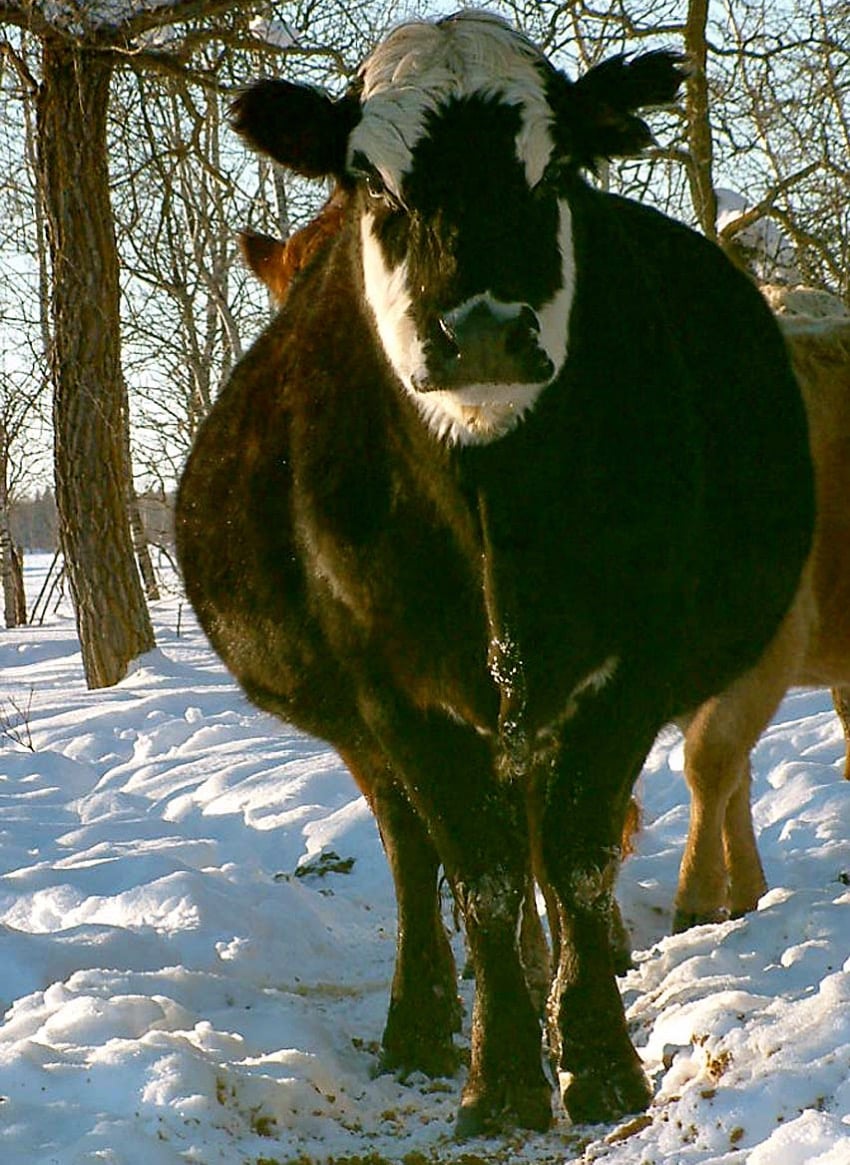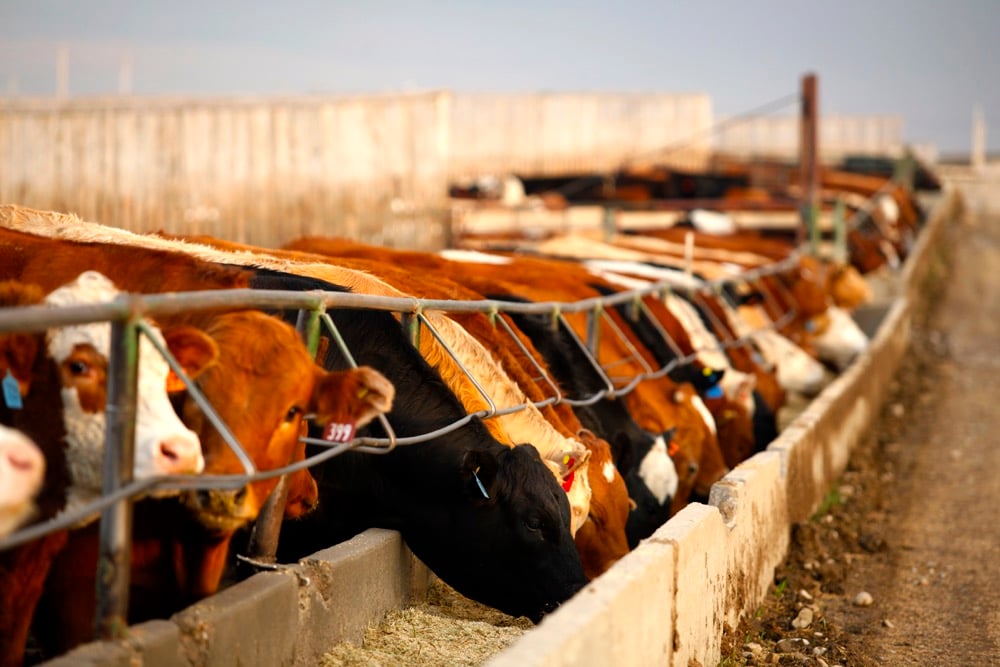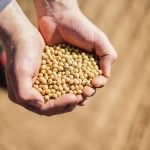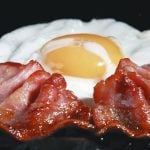It may not be pretty, but a roughage source popular south of the border is drawing interest from Canadians on the show circuit. Cottonseed hulls, a popular livestock feed in the United States, is becoming more sought-after in Canada, particularly for exhibitors looking for extra fill in their show cattle.
Byproducts of the cotton industry, such as cottonseed hulls, whole cottonseeds and cottonseed meal, are available in the U.S. as raw ingredients or within a ration. This is particularly common in the southeastern states. Some producers in these states turn cattle out on cotton fields after harvest to graze the remaining byproducts.
Read Also
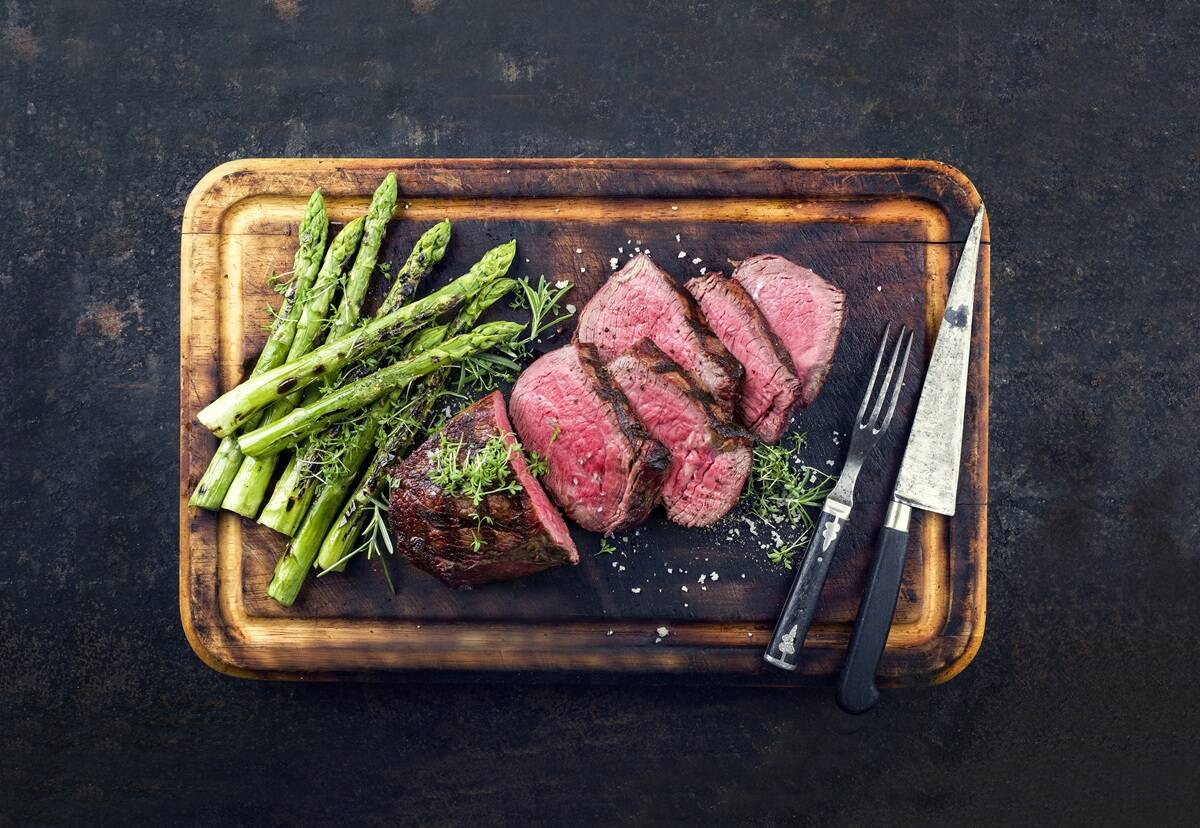
Building demand together: The impact of Canada’s beef import levy
The beef import levy has become a central tool for ensuring balance in Canada’s beef industry
“Cottonseed hulls are essentially a fibre source. There’s nothing really fancy to it. It’s low protein, low calcium, low (phosphorus),” said Doug Roxburgh, beef specialist for northern Alberta with Masterfeeds. “When you see it it’s the ugliest-looking stuff you’ve ever seen in your life, but for whatever reason cattle really like it.”
Because of its high fibre content, cottonseed hulls are used throughout the U.S. as a roughage source in a variety of operations. “There seems to be some benefit as a bit of an appetite enhancer by including cottonseed in the diet, but… essentially what it’s really for is it’s a high-fibre source, and a lot of producers will use it as a fill product to help their cattle look full on feed,” said Roxburgh.
Currently, Masterfeeds sells texturized show cattle rations that include cottonseed hulls in the formulas available in Eastern Canada. “They were the first area to bring them up out of the U.S.,” he said. While the Masterfeeds show ration formulas available in Western Canada don’t yet include cottonseed hulls, there is considerable curiosity about this ingredient. “There’s been a lot of people that have been purchasing show feed from us that have now had quite a bit of interest in cottonseed hulls.”
Roxburgh also has a number of clients who purchase cottonseed hulls separately. “We have a lot of producers who are just buying the bagged cottonseed, the raw ingredient, and then they’re top-dressing cottonseed at their own discretion,” he said.
“If I put it into the complete diet, I would probably put (about) 50 kilograms a tonne of it in. A lot of producers out here feel that’s not enough,” he continued. “They buy the raw ingredient and they top-dress with the level at which they want so they can get a better volume of fill, versus what I can put into the complete feed out here.”
Roxburgh has had the opportunity to try this out on his own show cattle. He and his wife Katie, run Dun Rite Stock and Stables at Bentley, Alta., raising Maine-Anjou and MaineTainer cattle as well as registered Quarter horses. They first top-dressed with cottonseed hulls for their show string last year. “We’ve always found our cattle at the shows, even when they eat and drink, lack a little bit of what I call that upper gut fill. I found the cottonseed hulls tend to be light and fluffy and fit high in the rumen, and because of that, I found that the product seemed to give them that fullness that we were looking for,” he explained. “We’ve had good luck with it.”
He can attest to the palatability of the feed, given how much his own cattle enjoy it. “It’s amazing. The stuff comes up from the States in cardboard-paper bags, and last year at Olds Fall Classic, the bag was leaning up against the panels and we had two heifer calves that literally ate through the paper bag just to sit and munch on cottonseed hulls.”
While it’s not yet an economically friendly option in Canada, beef producers in the U.S. have been feeding whole cottonseeds on a large scale for some time. According to a 2013 article by the University of Georgia Co-operative Extension, “the southeastern states east of the Mississippi River typically produce 4.5 million acres of cotton each year, with a yield of 1.5 bales per acre. One 480-pound bale of cotton also yields approximately 740 pounds of seeds.” The Hi-Pro Feeds U.S. website states that whole cottonseed has a moderate protein level, ranging from 17 to 26 per cent total protein, and a high energy level coming from the seed’s oil, or fat, compared to the starch found in other roughage sources.
There is a slight risk of gossypol toxicity when feeding whole cottonseeds to cattle. Gossypol is a yellow pigment found in the cotton plant, and it is most highly concentrated in the seeds. If consumed in large quantities, this can be toxic to cattle. One of the problems related to gossypol toxicity is reproductive issues in bulls, particularly those that are younger; however, research in the U.S. has shown that it’s doubtful that feeding the recommended amount of whole cottonseeds will result in fertility issues. As well, this is significantly less of a concern when feeding only the cottonseed hulls, as they contain very little gossypol.
Roxburgh has yet to see whole cottonseeds in Canada through his work, though the popularity of the hulls has been rising since Masterfeeds first offered it last fall. “This year we’re seeing growth in sales on it in terms of the hulls,” he said. “We haven’t brought any complete cottonseed up to Canada to utilize. We’ve only been bringing the hulls in.”
Importing cottonseed hulls from the southeastern U.S. to use on a larger scale isn’t yet cost-effective given the transport involved, he explained. “The price point of it in terms of Canada is just too great to be utilizing it outside the show world. So in terms of any of my producers that are feed yard or background-type operations, no, cottonseed hasn’t made its way into any of those diets simply in terms of the cost.”
For producers interested in top-dressing their show feed with cottonseed hulls, Roxburgh recommends considering the product’s traits when determining how much to feed. “The big thing to remember about cottonseed hulls is it’s extremely light and fluffy, and so we have to treat this more as a volume-based feed instead of just simply on weight,” he said. “It’s important, I think, to start these cattle off on a small amount of this stuff just to let them get adjusted to it, then to work them up to a higher volume.”
Given this, Roxburgh doesn’t have a set number of pounds that he advises producers to feed. “I would say everyone of my producers is really going off of more feeding it by eye or by volume, how they see their cattle react to it and get them to the fill point.”
He does note that because of its high fibre content, there is the risk of feeding too much and causing problems in the rumen. “I don’t think that’s something that’s a huge issue, but it’s something I always caution people on.”




